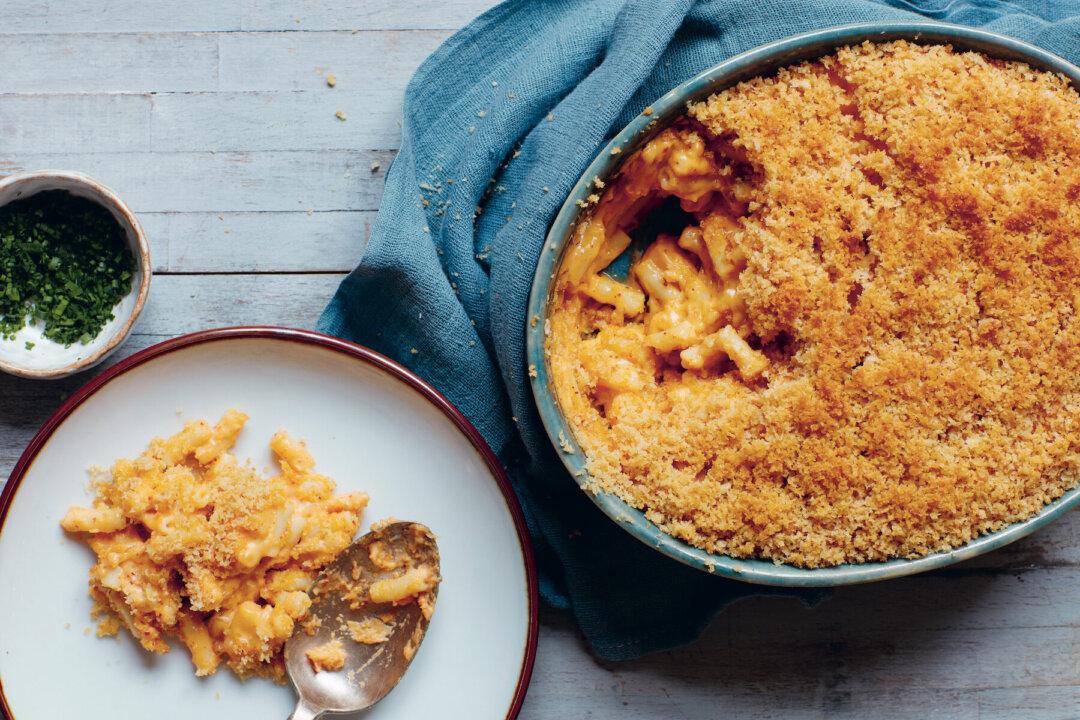Everyone loves fried chicken—juicy, tender meat delicately coated in a craggy crust and fried to perfection. Secret spice mixes, batters, brines, sauces, and techniques abound, all to create the most satiating and appetizing golden brown bird.
Korean fried chicken became zeitgeist about 20 years ago, after the calamitous Asian financial crisis. Many people found themselves out of work and looked to open small businesses. Fried chicken shops proved an easy option, as they require relatively low capital investment and were in high demand.





